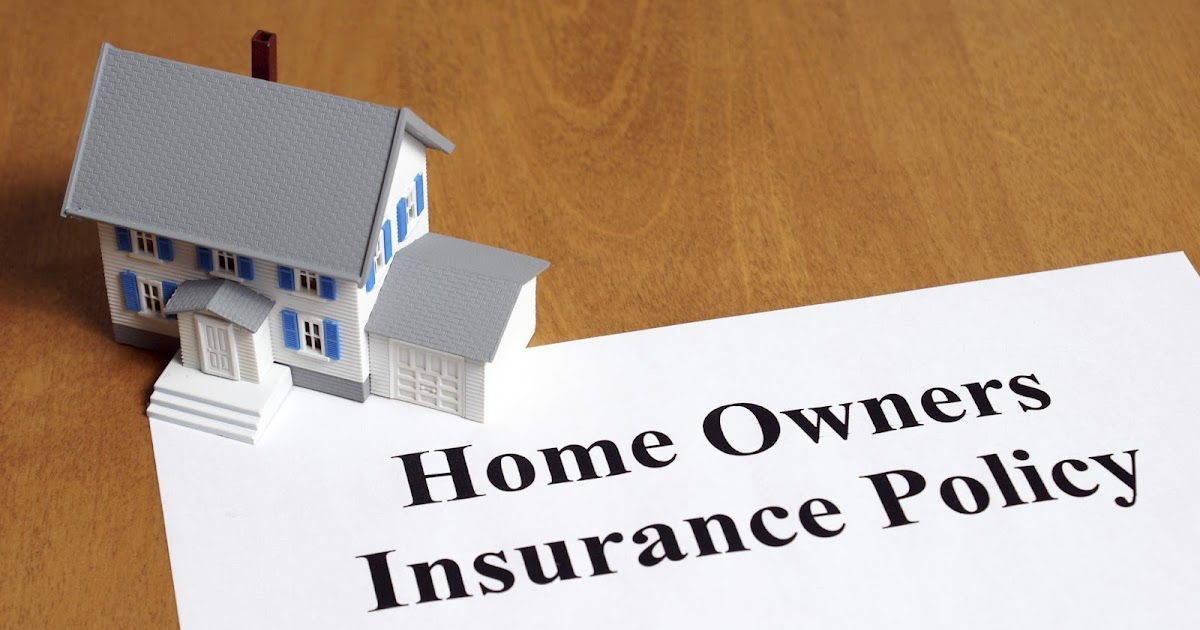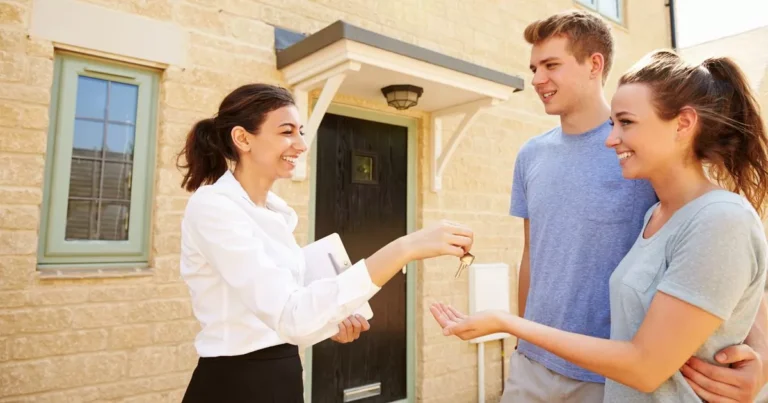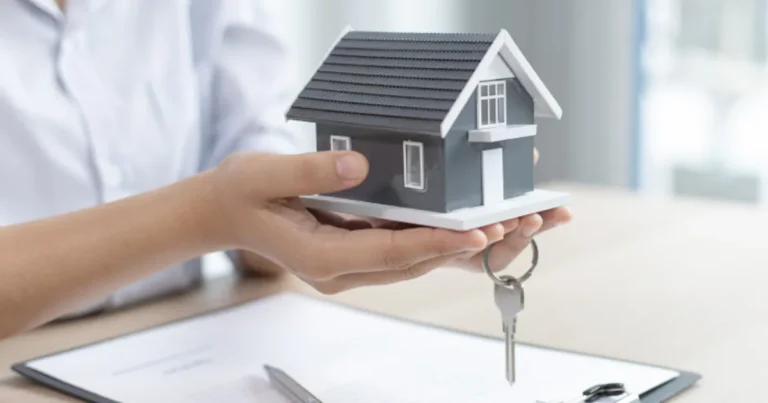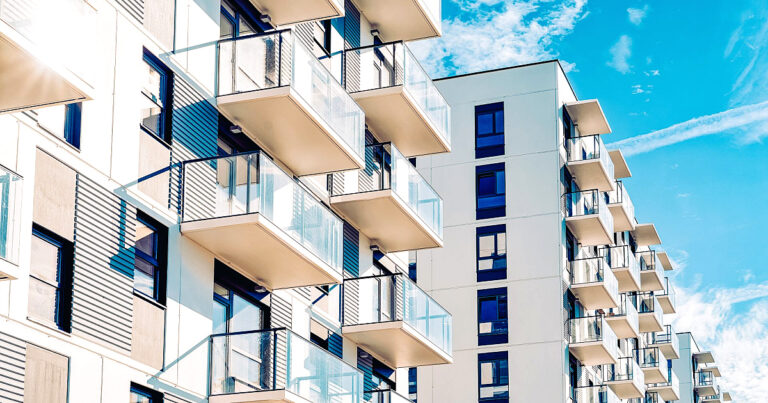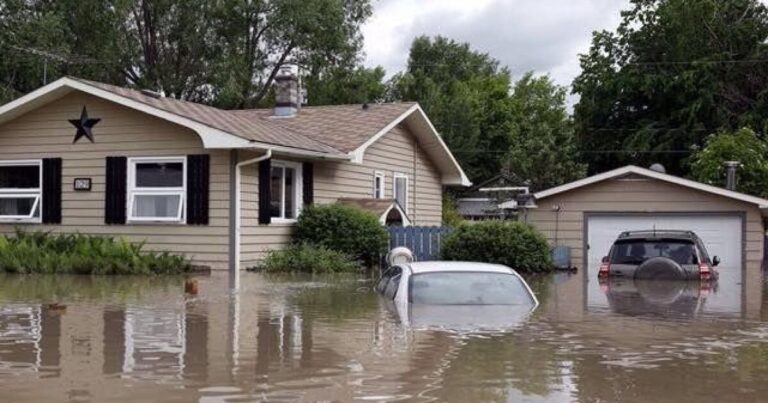Homeowners Property Insurance: An Ultimate Guide for Modern Homeowners
Your home is more than just four walls and a roof. It’s your sanctuary, your investment, and a space filled with memories. But what happens when disaster strikes? Fires, storms, burglaries, or accidents can all happen unexpectedly, and without proper protection, the financial fallout can be devastating. That is where homeowners’ property insurance comes in. It’s more than a policy; it’s a financial shield that helps protect your home, belongings, and peace of mind.
In this guide, we’ll take you through everything you need to know about homeowners property insurance in the United States. We’ll explore what it covers, what it doesn’t, how much it costs, and practical strategies for choosing the right policy. Whether you are buying your first home or have owned one for years, understanding these details is essential to protecting your most valuable asset.
What Is Homeowners Property Insurance?
Homeowners property insurance is a form of coverage that protects your home and belongings from damage or loss. It also provides liability protection if someone is injured on your property. At its core, a standard policy protects three main areas: the physical structure of your home, your personal possessions, and your liability for accidents that occur on your property. Many policies also include additional living expenses in case your home becomes uninhabitable due to a covered event. Think of homeowners insurance as a comprehensive safety net, designed to safeguard your home financially when the unexpected happens.
Why Homeowners Property Insurance Is Essential
Owning a home comes with freedom and independence, but it also comes with risk. Without insurance, the cost of repairing or rebuilding your home after a disaster falls entirely on you. Homeowners’ property insurance provides financial protection against damages from fires, storms, and other unexpected events. It safeguards your personal belongings, including furniture, electronics, clothing, and other valuables, ensuring that you can replace them without bearing the full cost.
Liability coverage protects you in case someone is injured on your property, covering medical bills and legal expenses. If your home becomes temporarily uninhabitable, the insurance helps pay for hotel stays, meals, and transportation. Beyond these benefits, most mortgage lenders require homeowners insurance, making it not only a practical choice but also a financial necessity.
What Homeowners Property Insurance Covers
A typical homeowners policy covers several essential areas. Dwelling coverage protects the structure of your home, including walls, floors, roof, and built-in appliances. If a fire destroys your kitchen or a windstorm damages your roof, dwelling coverage helps cover the cost of repairs or reconstruction. Other structures coverage applies to detached buildings like garages, sheds, fences, or gazebos, usually up to ten percent of your dwelling coverage. Personal property coverage protects your belongings, whether they are damaged or stolen at home or even while traveling. For high-value items such as jewelry or artwork, you may need additional riders to ensure full protection.
Homeowners insurance also covers loss of use, which pays for temporary housing, meals, and transportation if your home becomes uninhabitable due to a covered event. Personal liability coverage protects you if someone is injured on your property, covering legal fees, settlements, and court costs. Finally, medical payments to others handle minor injuries that occur on your property, even if you are not at fault. This coverage is especially useful for guest injuries that don’t escalate to full legal action.
What Homeowners Property Insurance Does Not Cover
Understanding exclusions is as important as knowing what is covered. Many homeowners are caught off guard by what their policy does not protect. Flood damage is typically excluded and requires a separate flood insurance policy. Earthquake damage is another common exclusion unless added as an optional rider or separate policy. Damage caused by mold, rust, or rot due to long-term neglect is not covered, nor are pest infestations such as termites, rodents, or bed bugs. Intentional damage or acts of war are also outside the scope of standard policies. Being aware of these gaps allows homeowners to make informed decisions about supplemental coverage.
Types of Homeowners Insurance Policies
Homeowners insurance comes in several forms, each tailored to different needs. HO-1, the basic form, is rarely used today and covers only a few named perils such as fire, theft, and lightning. HO-2, the broad form, covers additional named perils, including falling objects and accidental discharge of water, making it a slightly more comprehensive but budget-conscious option. HO-3, the special form, is the most common and covers all perils except those specifically excluded, although personal property is protected only for named perils.
HO-5, the comprehensive form, offers extensive protection for both dwelling and personal property, ideal for high-value homes and belongings. HO-8, the modified coverage form, is designed for older homes and calculates repairs based on actual cash value instead of replacement cost. Choosing the right type depends on your home’s characteristics, value, and personal risk tolerance.
How Much Does Homeowners Property Insurance Cost?
The cost of homeowners insurance varies depending on multiple factors. Location is a significant determinant, as areas prone to floods, hurricanes, or wildfires typically have higher premiums. The value and size of your home also impact how much coverage you need. Construction materials and the age of your property affect repair costs and durability, which insurers consider when setting rates. Security features such as fire alarms and security systems can reduce premiums. Your claims history and credit score also play a role in determining your insurance costs. On average, homeowners in the U.S. pay between $1,000 and $2,000 annually for standard coverage, although individual circumstances can push that number higher or lower.
Best Insurance Providers in the U.S.
Not all insurance providers offer the same coverage or experience. State Farm is widely recognized for its customer service and extensive agent network. Allstate provides a variety of discounts and user-friendly digital tools. USAA caters primarily to military families and offers strong coverage at competitive rates. Nationwide provides customizable policies and robust loss-of-use benefits, while Farmers Insurance offers optional eco-rebuild coverage for environmentally friendly repairs. Comparing providers ensures that you select a policy that balances price and coverage to meet your unique needs.
How to Save on Homeowners Property Insurance
There are several ways to reduce insurance costs without compromising protection. Bundling home and auto insurance policies can result in a multi-policy discount. Installing smart home devices and security systems lowers risk and can reduce premiums. Raising your deductible can also lower your annual payments, but it means paying more out-of-pocket if you file a claim. Shopping around every year or two and comparing quotes from multiple providers ensures you are getting competitive pricing. Finally, asking about loyalty discounts, claims-free rewards, and senior savings can further reduce costs.
Common Mistakes Homeowners Make
Avoiding common pitfalls helps ensure you are fully protected. Some homeowners underinsure their property by basing coverage on market value instead of the cost to rebuild. Others neglect to add flood or earthquake endorsements in high-risk areas. Updating your policy after home renovations or significant purchases is crucial, as is understanding coverage limits and exclusions. Finally, failing to read your policy’s declarations page can leave you unaware of responsibilities or gaps in coverage.
Do You Need Homeowners Insurance if Your Home Is Paid Off?
Yes, homeowners insurance remains essential even if your mortgage is paid off. One fire or storm could cost hundreds of thousands of dollars to repair or rebuild, and insurance ensures that you can recover financially. For those who also rent out properties, landlord insurance is necessary. Tenants should consider renters insurance to protect personal belongings and liability.
The Future of Homeowners’ Property Insurance
The insurance landscape is evolving due to climate change, technological advances, and shifts in risk assessment. Usage-based pricing may reward homeowners for low-risk behavior, and tools like drone inspections and AI-powered claims processing are becoming more common. Policies may become stricter in high-risk areas, and optional coverages for smart homes and cyber protection are gaining popularity. Staying informed allows homeowners to make proactive decisions to maintain adequate coverage.
Conclusion
Homeowners’ property insurance is far more than a legal requirement or a financial formality. It is a critical tool that protects your home, your belongings, and your financial security. By understanding what it covers, what it doesn’t, and how to optimize your policy, you can ensure that your home is safeguarded against the unexpected. Reviewing your needs regularly, keeping your coverage up to date, and working with reputable providers will give you peace of mind knowing that you are prepared for whatever life throws your way.
For additional coverage insights, consider exploring renters insurance, landlord insurance, homeowners insurance, and flood insurance.
